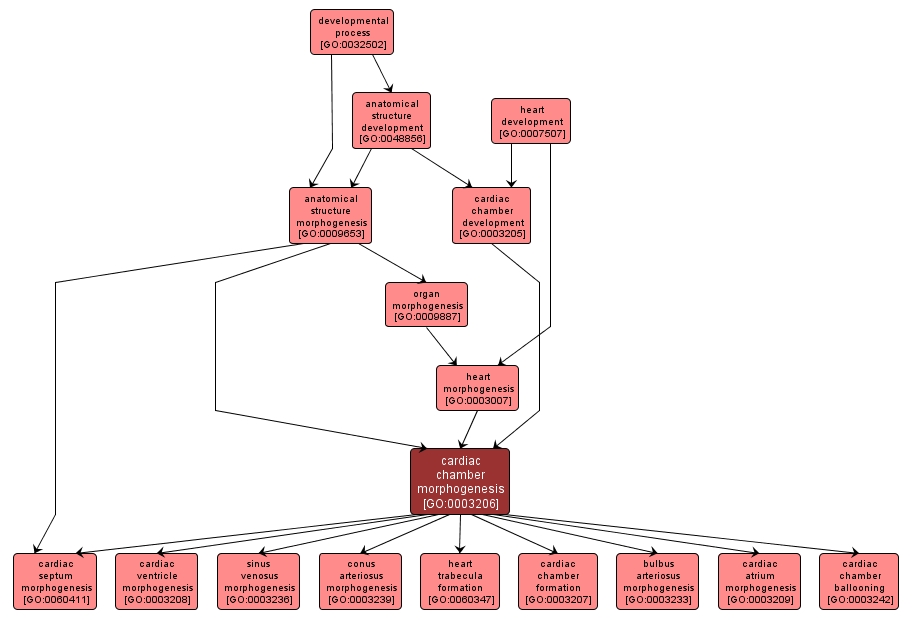GO TERM SUMMARY
|
| Name: |
cardiac chamber morphogenesis |
| Acc: |
GO:0003206 |
| Aspect: |
Biological Process |
| Desc: |
The process by which a cardiac chamber is generated and organized. A cardiac chamber is an enclosed cavity within the heart. |
Synonyms:
- heart chamber morphogenesis
|
|

|
INTERACTIVE GO GRAPH
|














